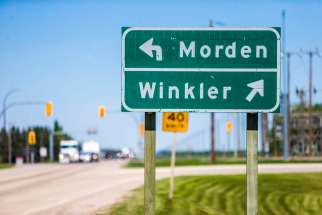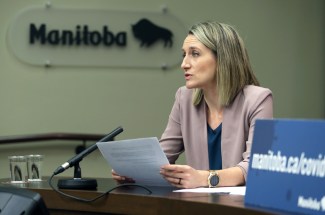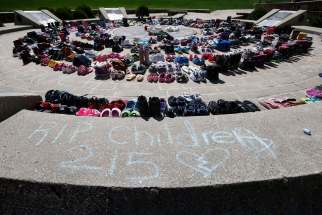Thorough search needed at residential school sites
Read this article for free:
or
Already have an account? Log in here »
To continue reading, please subscribe:
Monthly Digital Subscription
$19 $0 for the first 4 weeks*
- Enjoy unlimited reading on winnipegfreepress.com
- Read the E-Edition, our digital replica newspaper
- Access News Break, our award-winning app
- Play interactive puzzles
*No charge for four weeks then billed as $19 plus GST every four weeks. Offer only available to new and qualified returning subscribers. Cancel any time.
Read unlimited articles for free today:
or
Already have an account? Log in here »
Hey there, time traveller!
This article was published 30/05/2021 (1306 days ago), so information in it may no longer be current.
Indigenous Canadians were half-expecting the horrifying discovery that was announced last week: hundreds of Indigenous children lie buried in unmarked graves at the Kamloops Indian Residential School.
If there’s one such burial ground in Kamloops, you may be sure there are others. Canada operated about 139 different Indian residential schools between 1883 and the 1996. The Truth and Reconciliation Commission chaired by Judge Murray Sinclair interviewed many of the survivors from among the 150,000 people who attended these schools.
Survivors found a voice through the TRC. Those who died in the schools remained unnamed and unrecognized. Their stories have not been told.
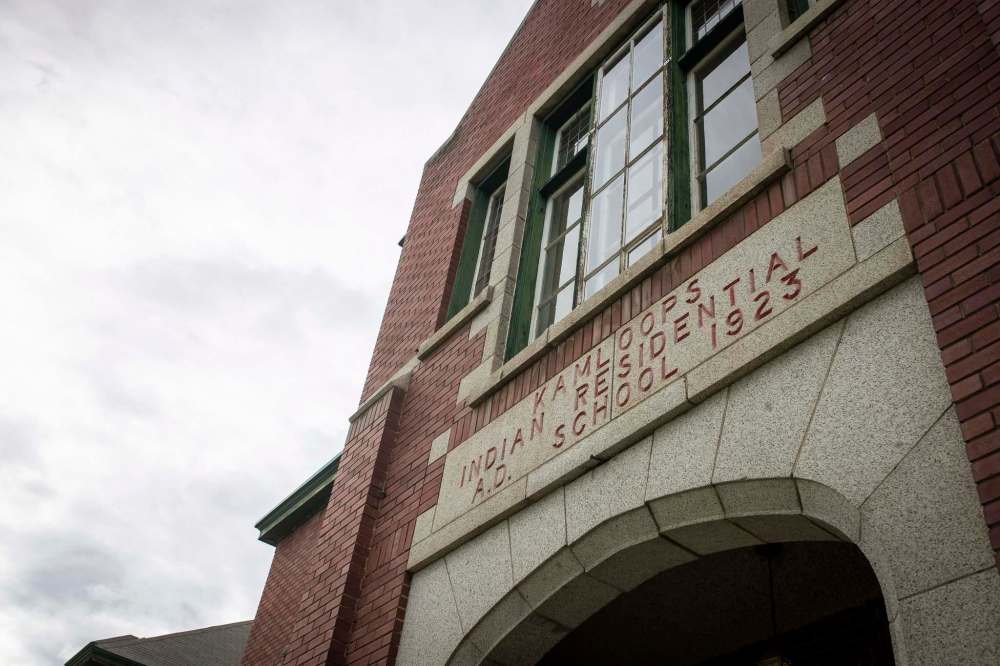
Indigenous families have long known that some of the children who were enrolled — or dragged — into those schools never came home again. The parents were never told what happened, but it was known nutrition in the schools was often poor, health care was rudimentary, living conditions were deplorable and heartbreak among the children separated from their families was intense.
Records kept by the schools were often slipshod. Some deaths were recorded, but the TRC estimated that the death toll in the schools could be 6,000 or higher. As long as no one knew where the bodies were buried, Canada could look the other way. The commission had asked for government funds to conduct such a search in 2015 but the government refused.
That is no longer possible. Canada and the First Nations need to conduct a proper search at locations where residential schools operated, face together the harsh facts of the case and make room for the affected families, so far as possible, to mourn their losses and honour their dead.
A search for human remains is a terribly difficult undertaking. It must be thorough in the way the search of a crime scene is thorough. The remains may provide evidence of what happened to the deceased. It must also be respectful, because these are the remains of our human companions of past decades.
Canada must take a large role in ensuring the search is conducted well and documented fully, but the federal government cannot expect to dictate the rules. We are dealing here with the catastrophic results of what Canada did to its Indigenous people. Canada has to own up to what it did and stand at a respectful distance while the victims bear the pain.
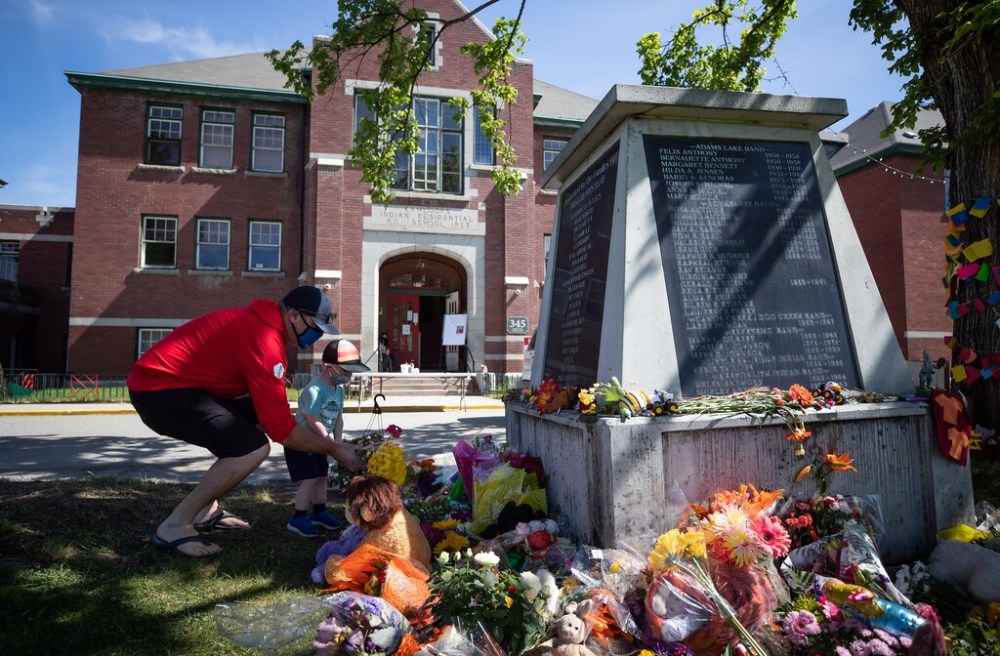
Ireland carried out a similar search starting in 2014 for the graves of children who died in that country’s mother and baby homes in the years before 1998. The search yielded frightful but irrefutable evidence of the great cruelty that Ireland inflicted on unwed mothers and their children from the very founding of the republic in 1922 until almost the turn of the 21st century.
The Irish inquiry commission and its search may offer an example Canada could follow in digging into the horrors of our own recent past.
The TRC offended some Canadians when it said the residential schools were part of a policy of cultural genocide against Indigenous people. Canadians should brace themselves for worse news still as the body count increases.
A proper search for the graves may show that “cultural genocide” is too polite a term for what was done in the Indian residential schools.
History
Updated on Tuesday, June 1, 2021 12:16 PM CDT: Removes reference to unmarked graves being mass burials.


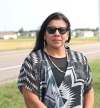









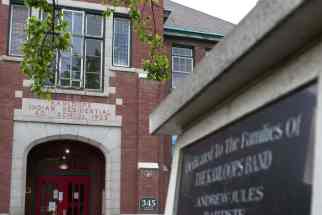
.jpg?h=215)
